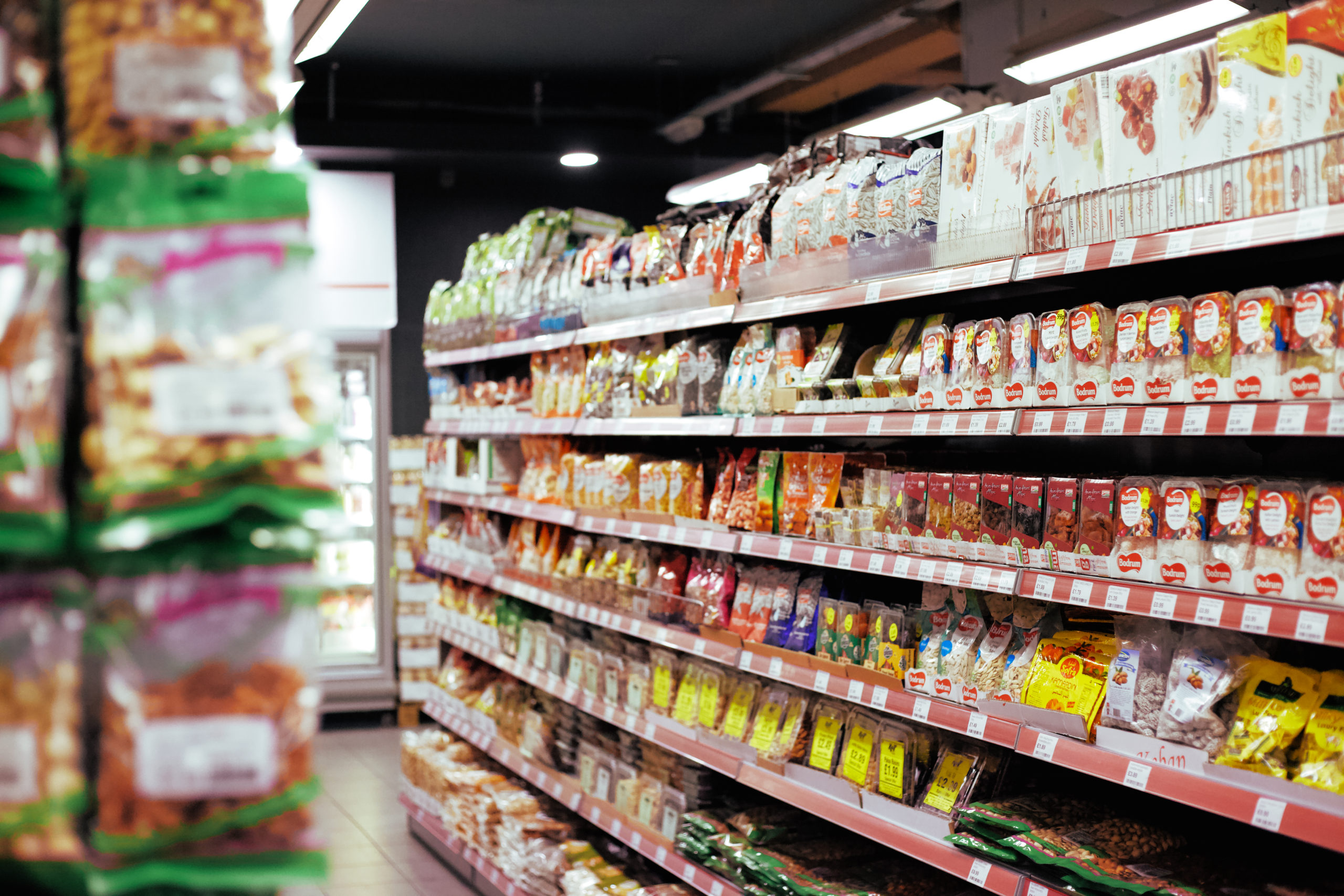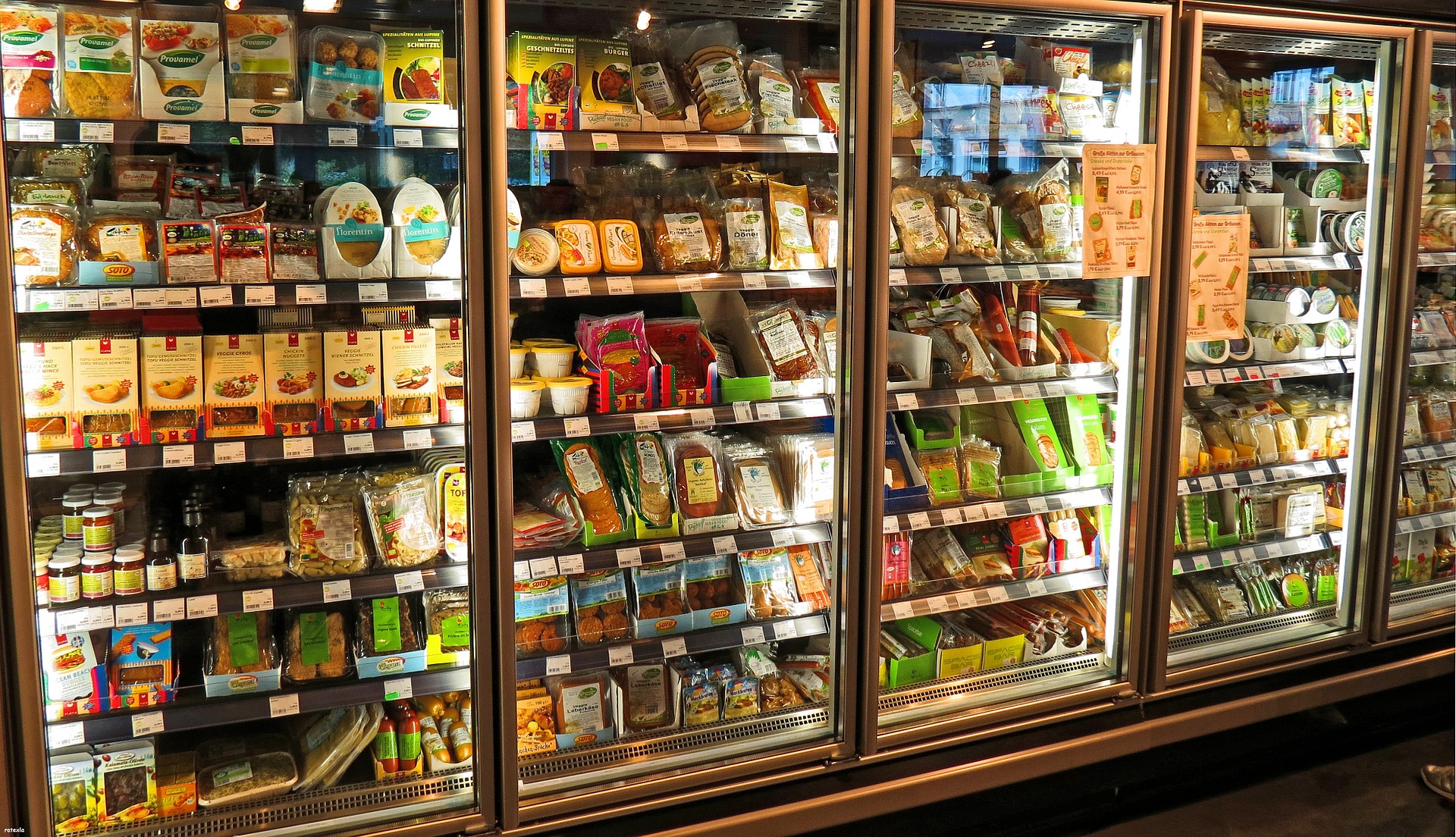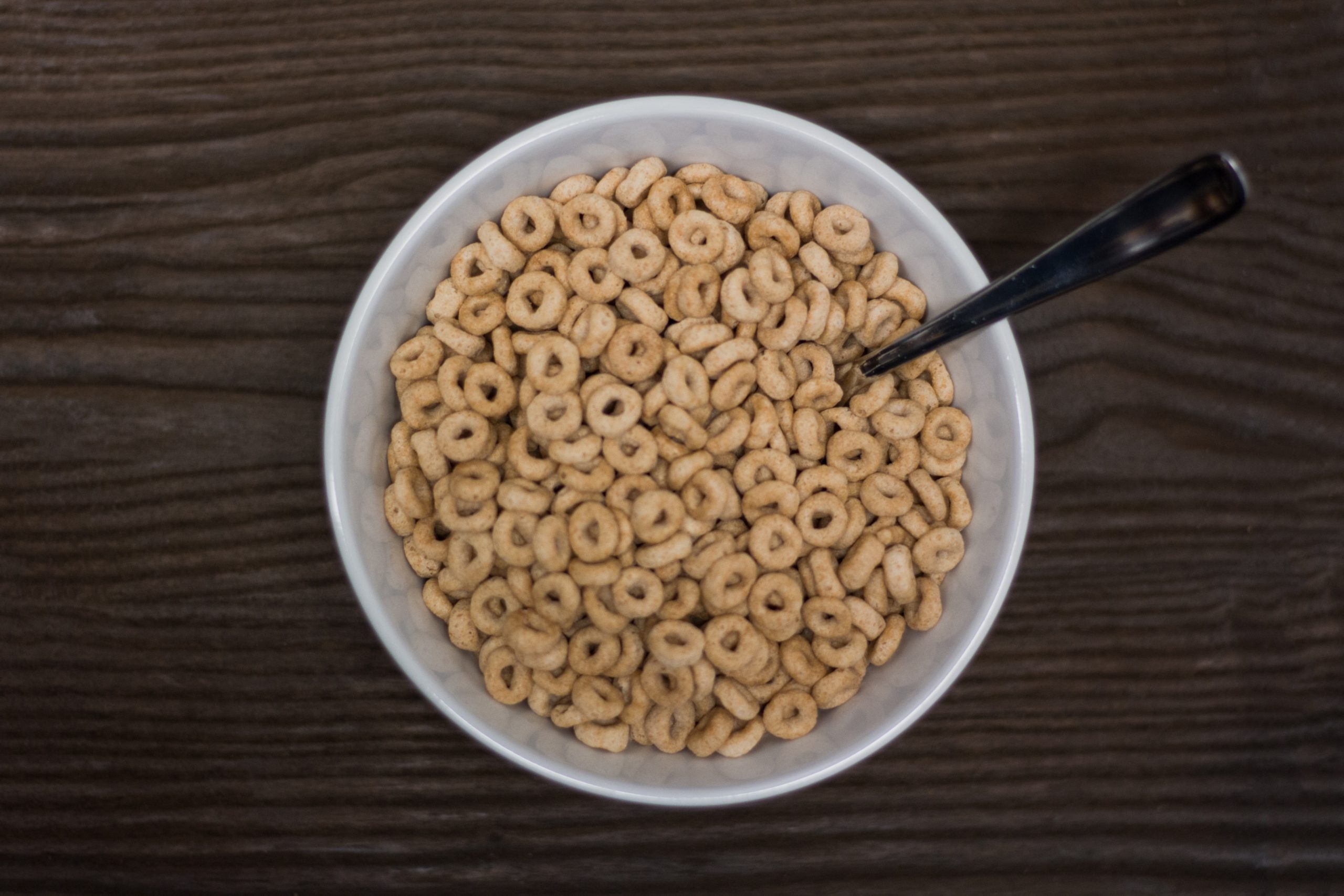Especially now, when we’re relying on it


Do you know what our ancestors started doing that allowed the brain more room to grow? They learned to process food — to make it softer, easier to eat. Processing food provided them with more nutrients and increased digestibility.
The advent of different processing methods like controlled fires, pickling, and sun-drying allowed the human jaw to decrease in size while the brain expanded. This is known as the expensive-tissue hypothesis.
So while the term “processed food” often conjures up pure disdain, I propose that there’s some merit to processing our food.
Safety First
When was the last time you opened a food product and thought, “I hope I don’t get sick?”
If you live in the U.S., probably not any time recently. We take safe food for granted and have food processing to thank for that.
For example, let’s look at milk. Any milk you find in the grocery store is pasteurized, but have you ever asked what pasteurization is?
Many years ago, dairy scientists discovered the exact temperature that milk needed to be heated to in order to destroy all pathogenic — “bad” — microorganisms. Anything that could make us sick. It was an added bonus that this process also killed many spoilage organisms.
This is exactly why it’s illegal to sell raw milk in the U.S. (at the federal level; many states allow it). Not only can raw milk make you extremely ill, but it can also be fatal in the young and elderly. A child should never, ever be given raw milk.
This is just one example of food processing saving lives. There are countless other processing techniques that limit microbial growth like drying, smoking, and pickling. Processing helps keep our food supply safe.
Elevated Nutrition and Digestibility


Processing is often blamed for the loss of nutrients, but in many instances, it’s quite the opposite.
The father of frozen food, Clarence Birdseye, realized the sooner fresh foods are frozen, the greater the nutrition profile. As foods sit out at room temperature, nutrients are lost. Freezing also helps preserve key nutrients during long-term storage.
Another great example is how cooking and canning foods can increase the nutrients available: In fresh tomatoes, the antioxidant lycopene has a low bioavailability. This means although there’s a lot of lycopene in tomatoes, it’s not available to our body during digestion.
But after heating or canning tomatoes, the amount of available lycopene is greatly increased. This means tomato sauce and ketchup have more useful lycopene than their freshly harvested counterpart.
Read more: Why Does Tomato Juice Taste Better on an Airplane
Boiling fresh foods also guarantees that anti-nutritional factors are destroyed. These are components in foods like peas, beans, and potatoes that can inhibit how well we digest proteins.
For example, soybeans have two anti-nutritional factors called trypsin inhibitors. These inhibitors can bind to our digestive enzymes and stop them from working. Instead of breaking down our food and using the protein, it will go straight through our digestive tract. Completely useless to our body.
Simply put? Some foods are better processed.
Fortification for the Win


Have you ever noticed that your milk or grains are fortified?
Fortification means that extra nutrients, typically vitamins or minerals, are added to the food during processing.
In the U.S., certain foods must be legally fortified, which helps curb nutrient-related diseases. Grains have to be fortified with folic acid (vitamin B9), which helps prevent neural tube defects in babies.
In fact, fortification has practically eliminated nutrient-deficiency diseases like pellagra and rickets. It allows nearly everyone to easily get their daily intake of key micronutrients.
Sure, you can argue that people would be better off if they got these nutrients from fresh food, but for many, that’s not possible.
Processed foods are more widely available and affordable than fresh foods. Many people don’t even have access to a grocery store that offers produce. Fortification may not be a glamourous solution, but it was, and still is, a cost-effective way to prevent nutrient deficiencies and disease.
As much as a diet of nothing but organic fruits, veggies, meat, and dairy from your friendly neighborhood farmer seems like the ideal, at the moment, it’s not feasible for anyone, and most of the time, it’s feasible for just a privileged few. As many of us rely on processed food to keep our family fed, let’s take a moment to realize processed food isn’t always the demon we make it out to be.

